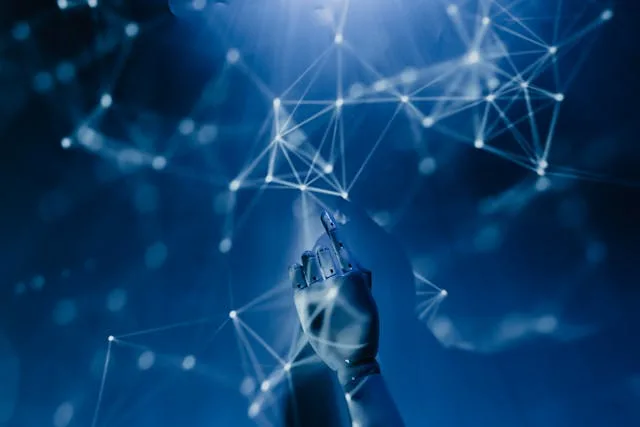Artificial intelligence has become remarkably good at generating text, predicting patterns, and creating images. But can it understand the real world like a human child? According to NVIDIA CEO Jensen Huang, not yet—and that’s the next frontier.
Speaking at The Hill and Valley Forum, Huang highlighted a fundamental weakness in today’s AI systems: they excel at processing data, but fall short when asked to grasp the physical world. For example, while a child instinctively knows a ball will fall to the floor if it rolls off a table, many AI systems fail to anticipate that. They lack what Huang calls “physical intelligence.”
Physical intelligence refers to an AI’s ability to understand basic laws of the universe—gravity, motion, collision, weight—and respond accordingly. It’s crucial for the next generation of robotics, especially in environments where robots need to navigate space, avoid obstacles, and adapt in real time.
To achieve this, NVIDIA is investing in large-scale AI models trained with real-world video data, digital replicas of the environment (digital twins), and unified systems of hardware and software designed specifically for robotics. This integration aims to give machines a more intuitive understanding of how the world works—not just how it looks in data form.
Huang’s vision isn’t just a technical challenge—it’s a philosophical one. It bridges the gap between data and experience, bringing artificial intelligence closer to human perception. With this next wave of AI, machines won’t just compute—they’ll comprehend.
The shift from pure data processing to physical understanding could define the future of AI in robotics, medicine, transportation, and beyond.


